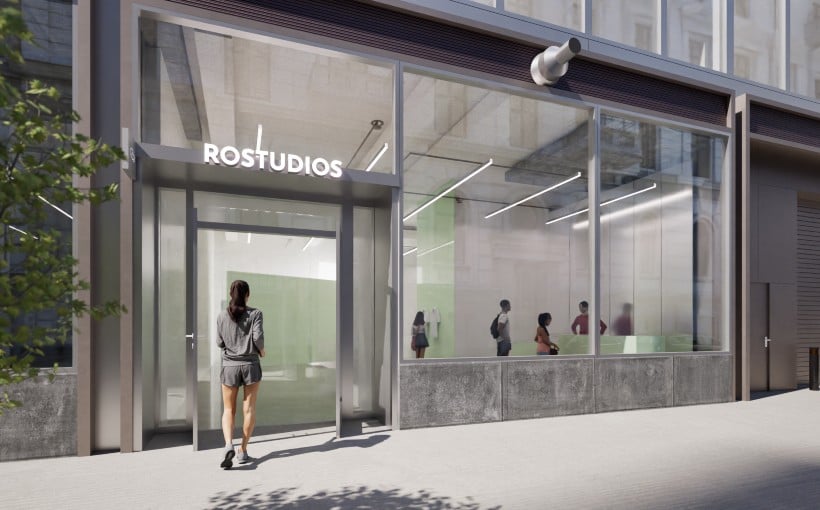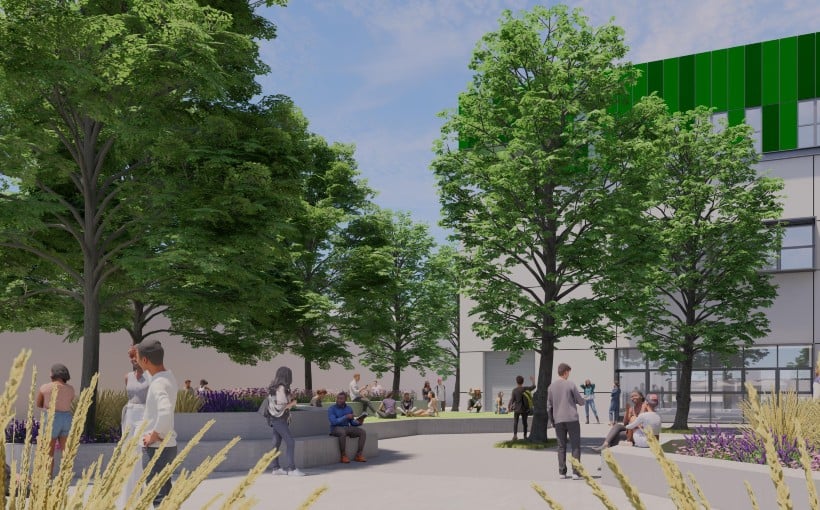There have been numerous reports discussing the aging population in America and the lack of adequate senior housing to meet their needs. However, according to a recent article in Urban Land Magazine, this issue goes beyond simple supply and demand. The article highlights several key points:
– High-end senior housing is performing well.
– Government subsidies are available for low-income seniors.
– The challenge lies in providing suitable housing for middle-income seniors.
The Reality
Lisa McCracken from the National Investment Center (NIC) for Seniors Housing & Care stated that those who need supportive or assisted living must either pay out-of-pocket or rely on Medicaid. This leaves a large portion of middle-income seniors unable to afford private care but also not qualifying for government assistance.
According to a report by the University of Chicago’s National Opinion Research Center (NORC), 16 million middle-income seniors will struggle with paying for necessary health, personal care, and housing services by 2033. Additionally, nearly three-quarters of these individuals will not be able to afford assisted living if needed. Even with home equity factored in, almost 40% will still be unable to cover these costs.
The Causes
One contributing factor is that many middle-senior incomes are limited due to high expenses such as food and medication costs. As explained in Urban Land Magazine , even choosing lower rent options may not make outside services affordable. A study by Harvard University’s Joint Center for Housing Studies found that only 14% of adults over age 75 who live alone can afford daily home health care after covering basic expenses like housing, food,and medicine.
On top of financial constraints faced by developers when building senior housing aimed at this forgotten “middle” cohort include construction costs and limited access capital availability due its operations-driven nature making banks more hesitant about lending money towards development projects targeting them . Furthermore,serving budget-constrained markets while providing more than just shelter poses additional challenges according an Urban Land Magazine.
Possible Solutions
The article suggests an integrated approach that addresses housing, healthcare, and social infrastructure. Other experts quoted in the piece propose improving operational efficiency and streamlining services. Some helpful possibilities include design changes, reducing amenities ,and forming strategic partnerships to better serve this middle-income demographic.
Overall,the issue of senior housing for middle-income individuals is complex and requires a multifaceted solution involving collaboration between various sectors. By addressing these challenges head-on with innovative strategies, we can work towards providing suitable housing options for all seniors in need.




